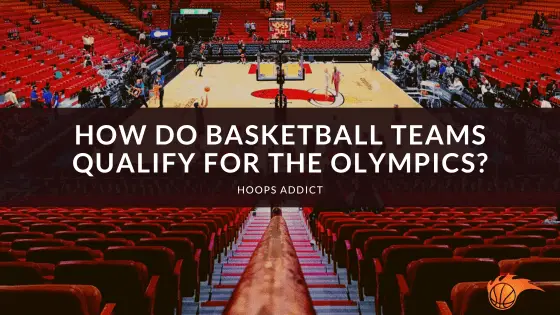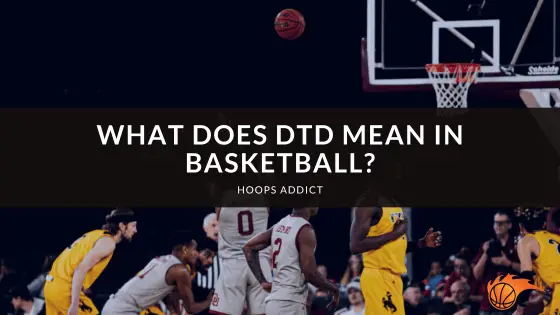One of the things you probably already know about basketball when you play or watch it is that it is a very physical sport that can be painful to play or sometimes watch because of all of the contact. When you try to get a layup, either someone tries to take your head off to foul you or contests your shot while banging bodies with you in the middle of the air.
The eye test will always tell you that basketball is a contact sport because of all the physicality and contact on the floor. Then again, is it a contact sport? As far as the definition of a contact sport is, does it include basketball within the purview of its definition? That is something we are here to find out.
 First Things First: What is a Contact Sport?
First Things First: What is a Contact Sport?
Yes, basketball is a physical sport. We all know that when we play or watch the sport. However, one of the things that are usually up in the air is whether or not basketball is a contact sport. So, in that regard, we need to determine what is contact sports so that we can easily see whether or not basketball is a contact sport.
As the word “contact” implies, contact sports regularly require physical contact between the players. We are not merely talking about incidental contact here because we discuss how contact is required to properly play the sport. This means contact between the players happens regularly because it is part and parcel of the sport’s rules.
When we say contact here, we mean to say any kind of physical contact required to play the sport. For example, punching in boxing is considered contact. The same goes for tackling, which is often required in many other contact sports. As long as body contact in any way is required or is quite emphasized, then that is when a sport becomes a contact sport.
On the other hand, when the sport only involves incidental contact and is not part and parcel of how you play the sport because it is not in the rules that you need to make contact, you cannot consider that sport a contact sport. In most cases, such a sport is probably just a limited-contact sport.
 What Sports are Considered Contact Sports?
What Sports are Considered Contact Sports?
When you talk about different contact sports, we have to classify them into three categories because there are different levels in terms of how much contact is present in a certain sport. These categories are full-contact, semi-contact, and limited-contact.
1. Full-contact sports are the most physical types of contact sports and are often considered the true contact sports. In such sports, physical contact is often emphasized either incidentally or deliberately because of how the rules of the sports allow or require contact between the athletes. Such sports include American football, Australian rules football, rugby, ice hockey, lacrosse, and combat sports like Muay Thai, wrestling, boxing, and MMA. The list of contact sports is so long, but the point here is that full-contact sports involve both deliberate and incidental physical contact.
2. Meanwhile, semi-contact sports are usually combat sports that involve striking or physical contact between the athletes. However, the difference between semi-contact and full-contact combat sports is that rendering the opponent unconscious is not allowed. Instead, a point system determines which athletes are the winners. Such sports include karate, kickboxing, Kenpo, and taekwondo.
3. Finally, limited-contact sports are those wherein the contact between the players is merely incidental because physical contact is not part of the rules but is not entirely illegal. That means that the contact between the athletes is not required or merely happens due to the very nature of how the sport is played. These sports include association football (soccer), baseball, volleyball, and squash.
 Is Basketball Considered a Contact Sport?
Is Basketball Considered a Contact Sport?
Now that you know what a contact sport is and what are considered contact sports, let us go back to our main point here. Is basketball considered a contact sport? And if yes, what kind of contact sport is basketball?
While there is a lot of physicality happening in a single basketball game, the thing is that basketball is not a contact sport if we are to use the definition of what a full-contact sport is. It is not the same as football, where tackling and blocking are allowed without getting penalized. Basketball is not even a semi-contact sport.
However, we can say for certain that basketball is a limited-contact sport. Going back to what a limited-contact sport is, this is a sport that has physical contact between the players or athletes but only at an incidental level. This means that limited-contact sports do not necessarily require physical contact as part of their rules.
Looking at basketball contact rules, we know for certain that deliberate contact such as punching, kicking, tackling, and blocking another player’s body with your body is not allowed. Doing any of those physical actions will warrant a foul or an even heftier penalty, depending on the extent of the physical contact and the intentions behind it. That is why basketball cannot be considered a full-contact sport.
But because there are incidental and non-deliberate types of physical contact in basketball, and such contact is part and parcel of the game, we can consider basketball a limited-contact sport. It is not required that under the rules that you should be making incidental or non-deliberate contact with the opposing players, but being physical to a certain extent is what allows a team to win a game of basketball.
Then again, there are some instances where it is up to a referee how much physicality they will allow. But the one certain thing is that the same kind of physical contact you see in full-contact sports is not allowed under the rules of basketball.
 7 Types of Contact in the Game of Basketball
7 Types of Contact in the Game of Basketball
As a limited-contact sport, basketball allows a certain level of physicality between the players. Here are some of the types of contact that is allowed in a game of basketball:
1. Boxing Out for a Rebound
When an offensive player shoots the ball, all players on the floor are allowed to box out opposing players. Boxing out is a way of deliberately using your body to ward off any other player from trying to get the rebound when the shot misses. When you box out, you are not allowed to extend your limbs so that it appears that you are throwing an elbow or going for a bunch. Instead, what you are allowed to do is to put your body between the opposing player and the basket so that you will be in the best position to rebound the ball. You can also use your body to “push away” an opposing player without extending your arms.
2. Holding Post Position
Posting up is one of the most fundamental ways to score a basket. This can be done in either the high or the low post positions. Posting up requires that you put your back against your defender while essentially pushing it against them to get as close to the basket as you can or to get to the best spot on the floor to score the ball. Holding your post position creates contact between you and the defender.
However, you are not allowed to use your shoulder, throw elbows, or use your arms in any manner while holding your post position. At best, the offensive and defensive players at the post position are only allowed physical contact between their bodies but not their limbs. However, depending on how the referees are calling the game, the defender may put an arm against the offensive player’s back without extending it.
3. Taking the Charge
In basketball, the offensive player has the right of way in the sense that defenders are not allowed to suddenly cut their path whenever they are dribbling or moving without the ball. However, if the defender was the first to establish their position and the offensive player barrels through the defender, that is an offensive foul. This is what taking a charge means when it comes to playing defense.
4. Tracking Offensive Players
In a general sense, defenders are not allowed to use their hands when defending the ball player. However, defenders are usually allowed to use their hands to feel their surroundings and keep track of any off-ball players near them. This will allow the defender to know when the off-ball players will set a screen.
5. Setting Screens
Speaking of screens, another type of contact allowed in basketball is setting a screen. A screen is when an off-ball player uses their body to create a wall between the on-ball player and their on-ball defender. This allows the on-ball player to get rid of their defender. However, setting a screen requires the screener to be completely stationary. Anything more than merely standing up and acting as a wall can constitute an offensive foul.
6. Incidental Contact
As mentioned, there is incidental contact in basketball, but such a type of contact is not necessarily required to play the sport. This usually happens when the players go after a loose ball, and they collide with one another. In most cases, referees allow that level of physicality without calling a foul unless it was clear that the contact was not merely incidental. However, incidental contact tends to be a judgment call on the part of the referees.
7. Contesting a Shot in the Paint
When you contest a jump shot, you are not allowed to make any sort of contact between you and the jump shooter. However, the rules tend to be different when close to the basket or in the paint. A certain level of physicality is allowed inside the paint when you are contesting a shot. When an offensive player goes for a layup, the defender is allowed to make body contact with the offensive player, provided that the defender is jumping straight up in the air. Jumping into the offensive player to contest a shot is always a foul.
Wrapping Things Up: Is Basketball a Contact Sport?
Yes, we know that basketball is a very physical sport because of all of the physical contact happening on the floor during a single basketball game. However, that doesn’t necessarily make basketball a contact sport. Even though a single basketball game can lead to bruises and welts, it is still a limited-contact sport because the rules do not allow deliberate contact between the players. Then again, basketball is still physical, and that is why basketball players need to be strong enough to take the physicality of a basketball game.

 First Things First: What is a Contact Sport?
First Things First: What is a Contact Sport?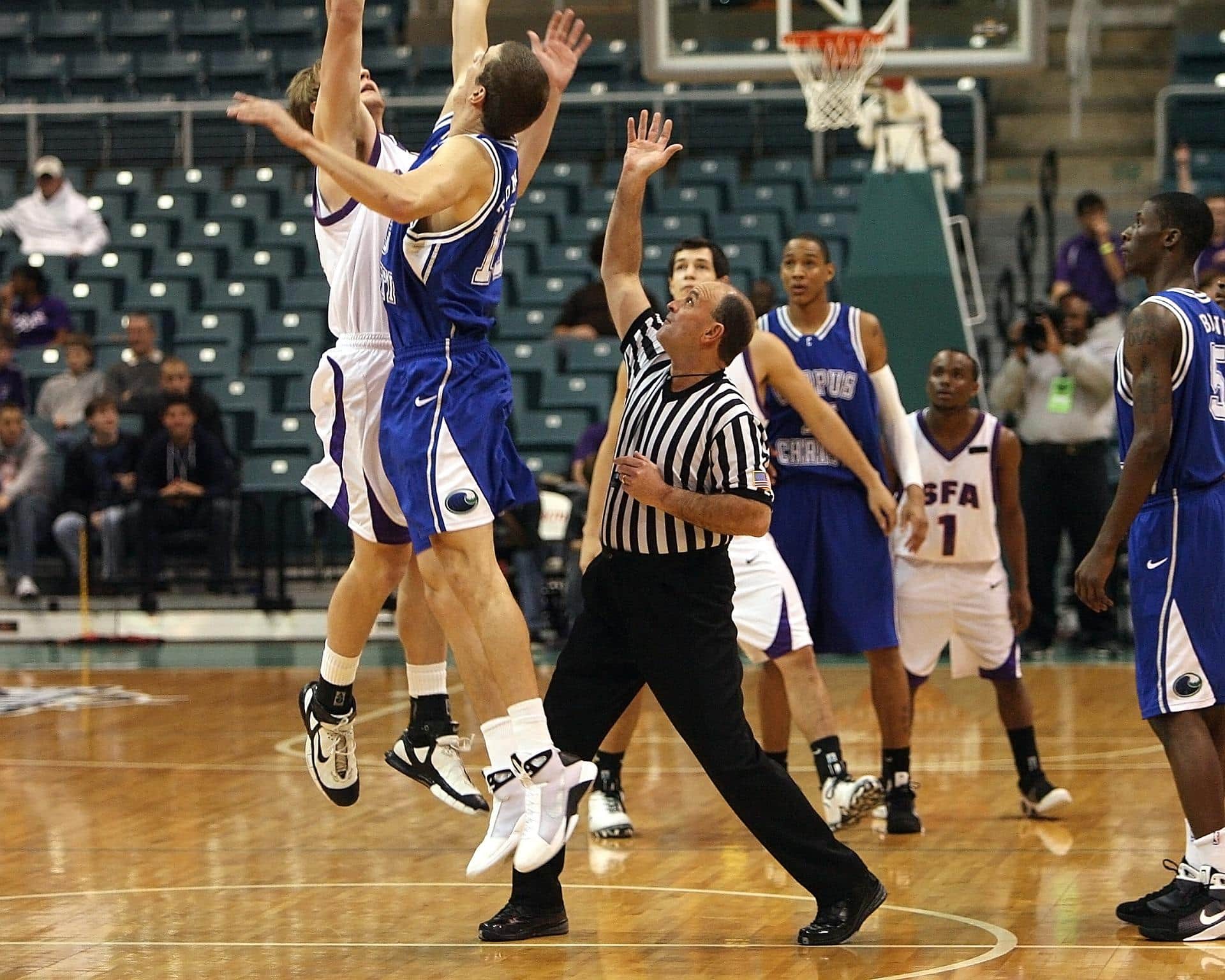
 What Sports are Considered Contact Sports?
What Sports are Considered Contact Sports?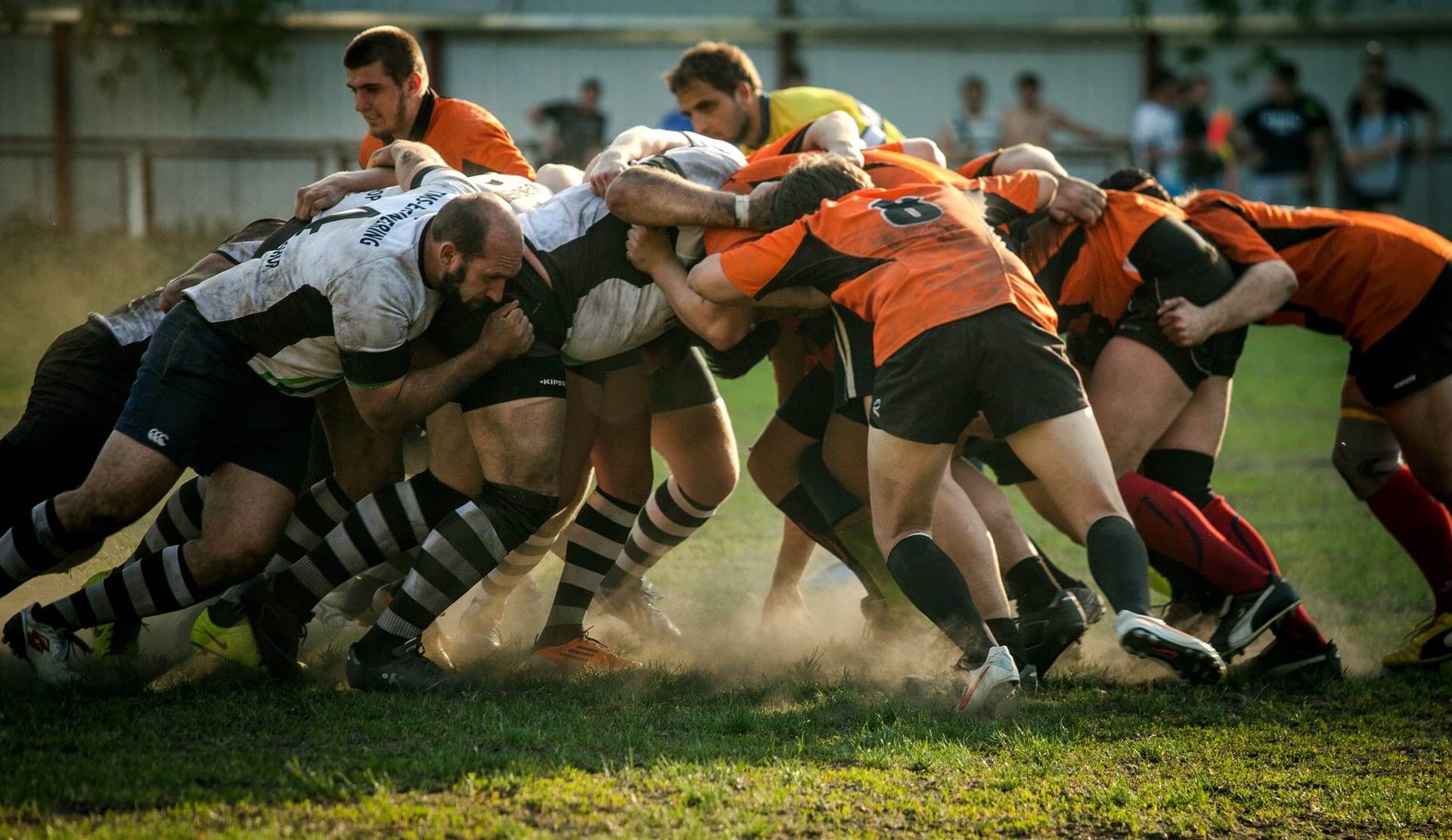
 Is Basketball Considered a Contact Sport?
Is Basketball Considered a Contact Sport?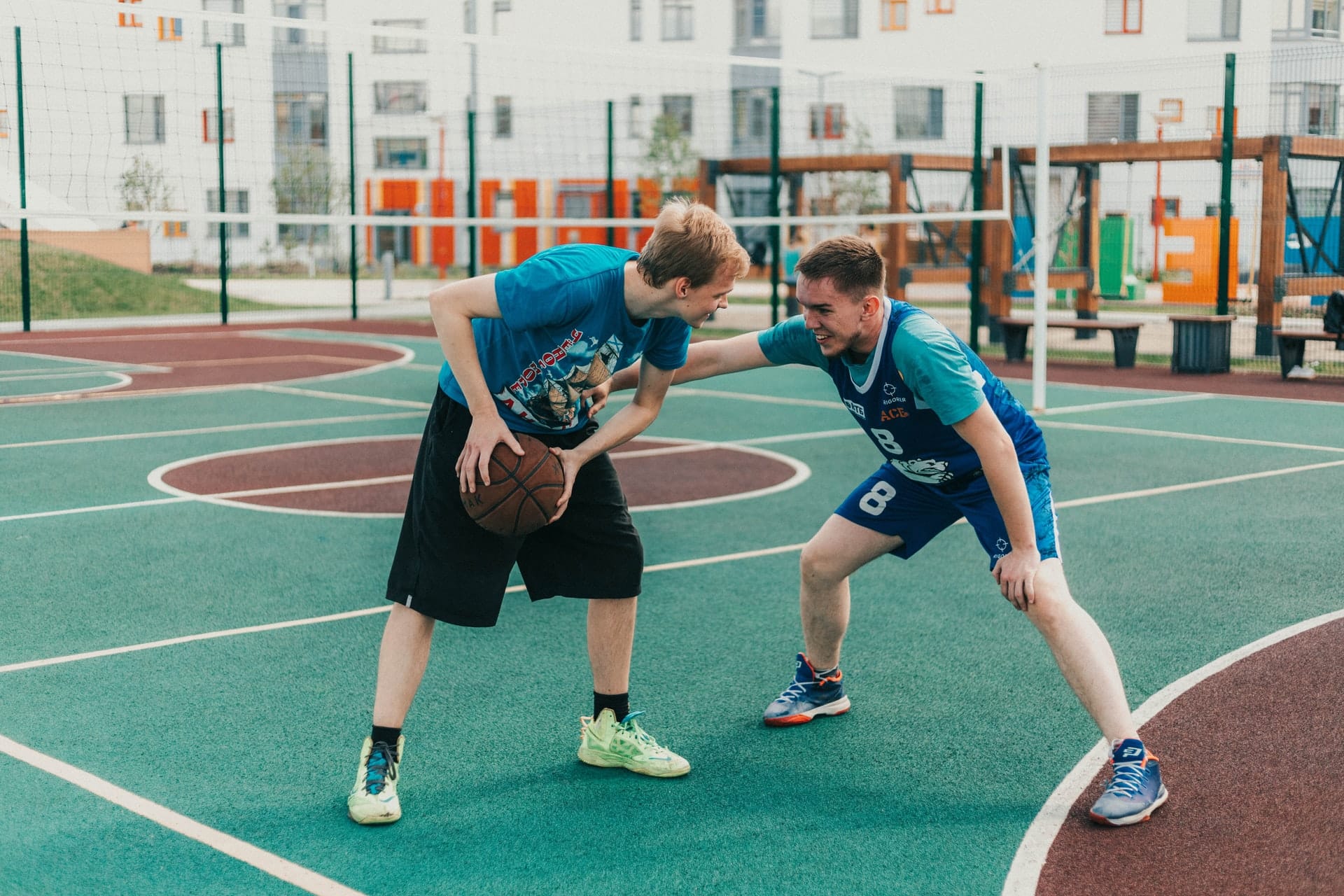
 7 Types of Contact in the Game of Basketball
7 Types of Contact in the Game of Basketball
